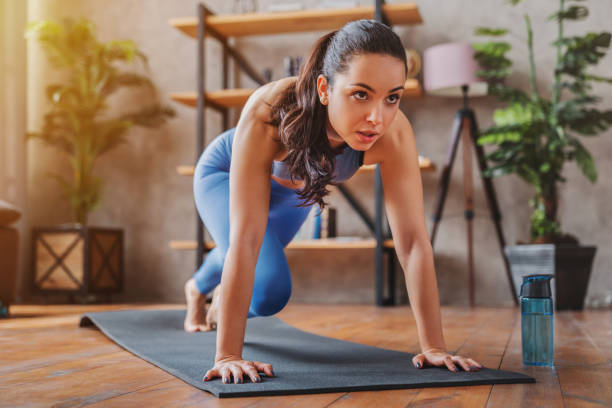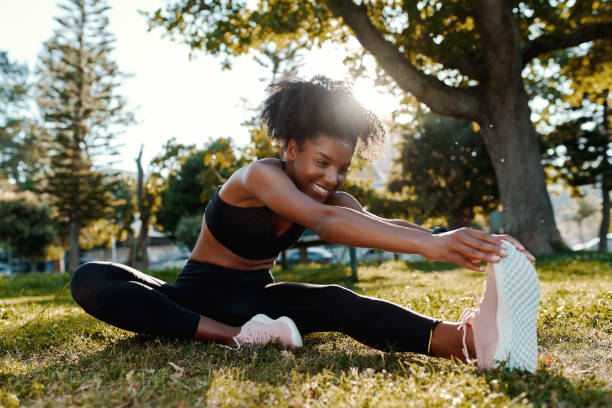Stretching has always been part of any workout program. Ask any fitness coach in gyms like Fitness First and they always include stretching in their programs. Not only does it help increase your flexibility, but it also improves your posture, reduce body aches and a lot more.
1. Stretching increases flexibility
Flexibility and range of motion are very important to your fitness and overall health. Not only can improved flexibility allow you to do your day to day activities with ease, but it also delays mobility issues which is part of aging.
2. It increases range of motion
Moving a joint through its full range of motion provides you more freedom of movement. Both static and dynamic stretching increases range of motion.
3. It improves physical performance
When you do some dynamic stretches before a physical activity such as a workout or a sports event, you are preparing your muscles for the activity.
4. It boosts blood flow to the muscles
Regular stretches improve blood circulation which in turn increases blood flow to your muscles, for faster recovery time.
5. It improves posture
Muscle imbalances lead to poor posture and strengthening various muscle groups can encourage proper alignment and reduce musculoskeletal pain.
6. It prevents back pain
Tight muscles reduces a person’s range of motion which in turn leads to straining the back muscles. Stretching can help heal an existing back injury and routine stretching will be able to prevent future back issues.
7. It offers relief from stress
When stressed the muscles become tense. Focus on areas where you tend to hold your stress like your shoulders, back and neck when stretching.
8. It can relax the mind
A regular stretching program has also been found to relax the mind. Practice mindfulness and add some meditation exercises so you can completely calm your mind and body.
9. It relieves tension headaches
Stress, lack of hydration, and other factors can trigger tension headaches. Stretching helps by relaxing your mind and body, and promoting blood flow.
Stretching Techniques
The most common techniques used in stretching are dynamic and static. Dynamic stretching is a series of active movements that trigger the muscles to stretch, but it is not held in the end position. Static stretching, on the other hand, entails holding a stretch in a comfortable position for a fixed amount of time like 20-30 seconds. Dynamic stretches are great for warming up your muscles, while static stretching is recommended when cooling down.
Starting a Stretching Routine
If you’re just getting started on stretching, the key is to take it slow. Your body needs to get accustomed to these new movements. It’s also important to have solid grasp of proper technique and form to get the most out of your stretches and also to avoid straining your muscles.
Aim for 10 minutes of dynamic stretching before a workout.
Do at least 5 minutes of static stretching after your workout.
On non-workout days, you should still do stretching for 5 to 10 minutes to improve flexibility and prevent muscle tightness.
Focus on major areas like your hamstrings, calves, quadriceps and hip flexors, as well as your neck, lower back and shoulders.
Avoid stretching if you have…
- An existing injury
- A chronic illness or injury
- Physical limitations that prevent you from stretching
Whether you’re new to the world of fitness and exercise, or you’ve been active your whole life, you can definitely benefit from having a regular stretching routine.

